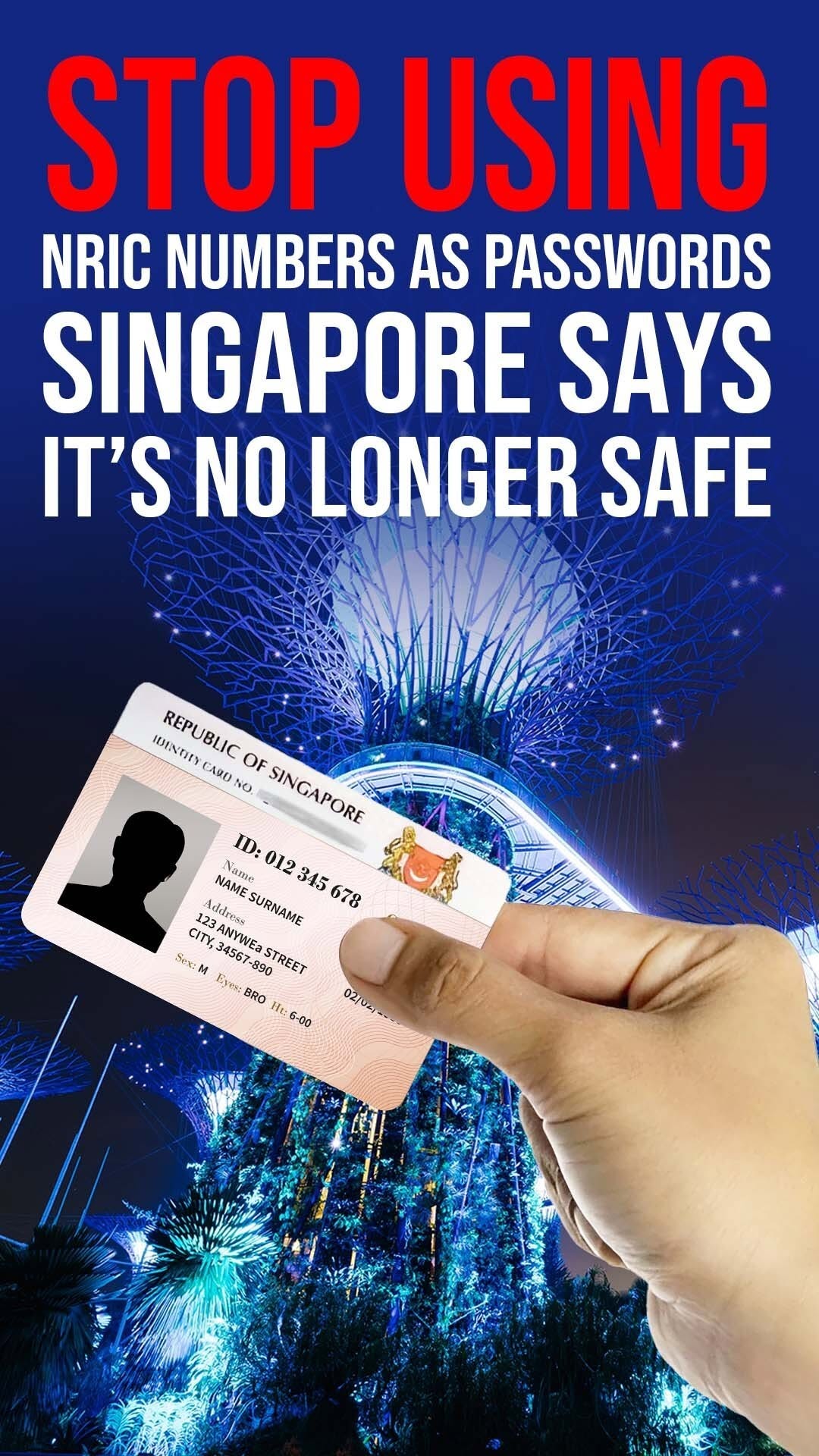

Since 2010, the Global Law Experts annual awards have been celebrating excellence, innovation and performance across the legal communities from around the world.
posted 4 weeks ago
Raluca Vasilescu August 21 2025
Context of the experiments
The use of AI assistants by patent attorneys is tempting as it can shorten the time to prepare submissions.
However, deploying AI assistants in patent drafting is, at least for the author, not recommended, unless the AI assistants are developed or modified in-house to prevent the leaking of information and protect the client’s undisclosed matters until the application is filed.
With regard to responding to office actions, the confidentiality issue is overcome, as the application is already filed.
Typically, an office action deals with novelty and/or inventive step.
Objections based on novelty argue that the application differs from the closest prior art by at least one distinguishing feature that the examiner identifies, typically fewer than those the applicant originally considered. Thus, the first challenge of the patent attorney is to demonstrate that there are more distinguishing features than those considered by the examiner.
Inventive step objections usually claim that the distinguishing features are obvious to a skilled reader. The second challenge of the patent attorney is therefore to demonstrate that the distinguishing features are not obvious.
Description of the experiments
The author considered two office actions for two patent applications in different technical fields. Two AI assistants were used for each case, one of which was internally adapted for use by the firm’s patent attorneys. It is important to note that the internally adapted AI assistant’s memory was deleted after each session.
The purpose of the experiments was to see how much one can rely on the reasoning of the AI assistant. The fixed parameters were:
– The applications as filed;
– The prior art; and
– The office action.
In some experiment rounds, the author expressly mentioned links to the European Patent Convention (EPC) and to the Guidelines for Examination in the European Patent Office (the Guidelines). The variable parameters were the questions addressed to the assistant, further referred to as input.
The input was very scarce in the first experiment round for each office action, along the following lines: “These are the documents, how do you respond to them?”
One of the assistants was of the opinion that the examiner was right in his assessment. The other assistant vaguely defended the application, but the arguments – although written in a very professional style – were not convincing.
There was more input in the second experiment round.
For the initial challenge, a first type of input was along the following lines: “These are the documents, please compare the claims with document D1 and with the examiner’s objection of paragraph xxx and tell me, in light of Article 54 of the EPC, if there are distinguishing features other than those identified by the examiner and, if you find them, how can you defend them.”
Both AI assistants provided some acceptable additional distinguishing features over D1, but not necessarily the same.
A second type of input was along the following lines: “These are the documents, please compare the claims with document D1 and with the examiner’s objection of paragraph xxx. In light of Article 54 of the EPC, is it true that there are no distinguishing features other than those identified by the examiner?”
The internally developed AI assistant – the memory of which was cleared after the first enquiry – provided, to the author’s surprise, arguments that the examiner was right. The other AI assistant, which still had in its memory the arguments against the objection of the examiner, made a vague argument in favour of the examiner, thus contradicting its earlier demonstration.
For the second challenge, referring to inventive step, both AI assistants provided good reasoning, but only if the input was very specific, such as the following: “Please argue why, in light of Article 56 of the EPC and the Guidelines [with a better result if providing the exact chapter], does document D3 teach away from the invention?”
Provisional conclusions on the use of AI in patent matters
Arguing over novelty and inventive step is clearly inherently subjective, be it with or without the use of AI assistants. Therefore, such assistants are useful if they are asked the proper questions and if the response they give is carefully checked by the patent attorney, using their own judgement.
Article published on the Management IP
Author


No results available
posted 1 day ago
posted 2 days ago
posted 3 days ago
posted 4 days ago
posted 4 days ago
No results available
Find the right Legal Expert for your business
Global Law Experts is dedicated to providing exceptional legal services to clients around the world. With a vast network of highly skilled and experienced lawyers, we are committed to delivering innovative and tailored solutions to meet the diverse needs of our clients in various jurisdictions.

When your international business faces financial distress, quick action is key! 🔑 Negotiating with creditors, restructuring debt, and understanding insolvency laws can help regain stability. Global Law Experts is here to guide you through your options.
🌍Explore the details on our website.
🔗Link in bio
#GlobalLawExperts #CommercialLaw #BusinessLaw #LegalAdvice #BusinessGrowth #LegalTips #BusinessStrategy #LegalCompliance #Law #LegalKnowledge #LegalAwareness #Law101 #LegalEducation #IntellectualProperty

Running a business is hard enough — lawsuits shouldn’t make it harder. 🚫 Protect your business with the right legal strategies and expert tools from Global Law Experts. Let’s secure your future together! 💼
🌍Explore the details on our website.
➡️www.globallawexperts.com
#GlobalLawExperts #CommercialLaw #BusinessLaw #LegalAdvice #BusinessGrowth #LegalTips #BusinessStrategy #LegalCompliance #Law #LegalKnowledge #LegalAwareness #Law101 #LegalEducation #IntellectualProperty #Infringed #Ecommerce #LegalBranding

Using NRIC numbers as passwords or identity proof? That era is done. Strengthen your security with multi-factor authentication and biometrics—because your clients' trust depends on it.
#SingaporeLaw #DataPrivacy #CyberSecurity #PDPA #NRIC #MFA #StrongAuthentication #LegalCompliance #ClientTrust

Swiss law protects secured lenders—with precision. From real estate to IP and bank accounts, every asset counts—just as long as it’s defined, documented, and delivered.
#SwissLaw #SecurityInterest #Collateral #InternationalLending #SwissFinance #LegalCompliance #GlobalBusiness #AssetSecurity

Gold trading in Saudi Arabia isn’t just a business—it’s a lab test, a permit, and a legal tightrope. Want to succeed? Start with compliance, hallmarking, and permits—or risk losing it all.
#GoldTrading #SaudiLaw #PreciousMetals #BusinessSetup #LegalCompliance #GlobalBusiness #SaudiArabia #TradeRigour

Second citizenship isn’t permanent—especially if you break the rules. Know the risks and how to safeguard your status: be transparent, stay lawful, and honour all citizenship requirements.
#SecondCitizenship #CitizenshipRisks #DualNationality #Compliance #GlobalMobility #LegalAdvice #ImmigrationLaw

Send welcome message